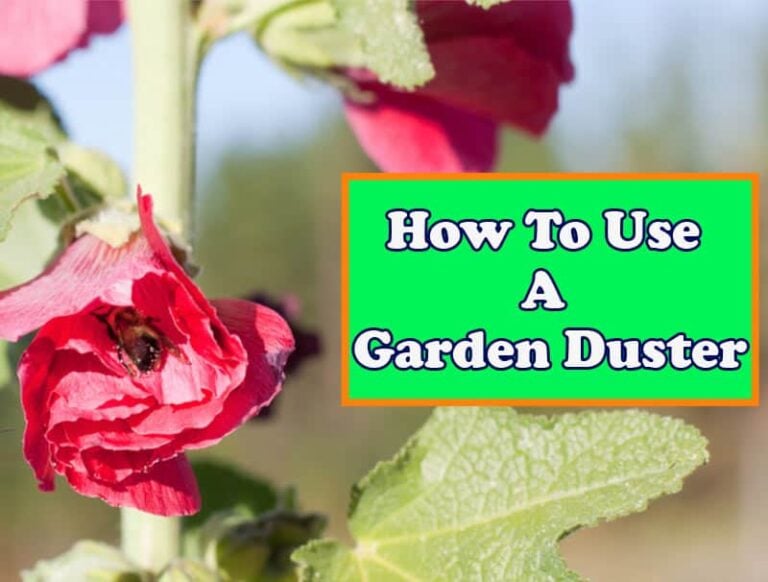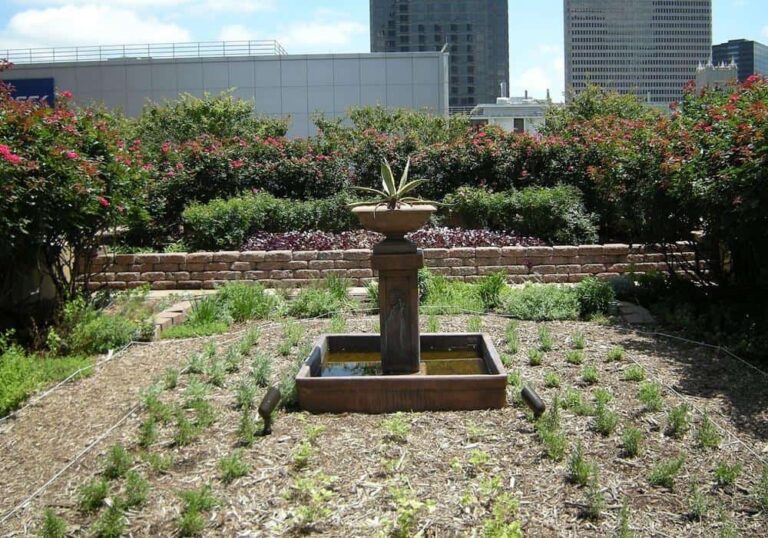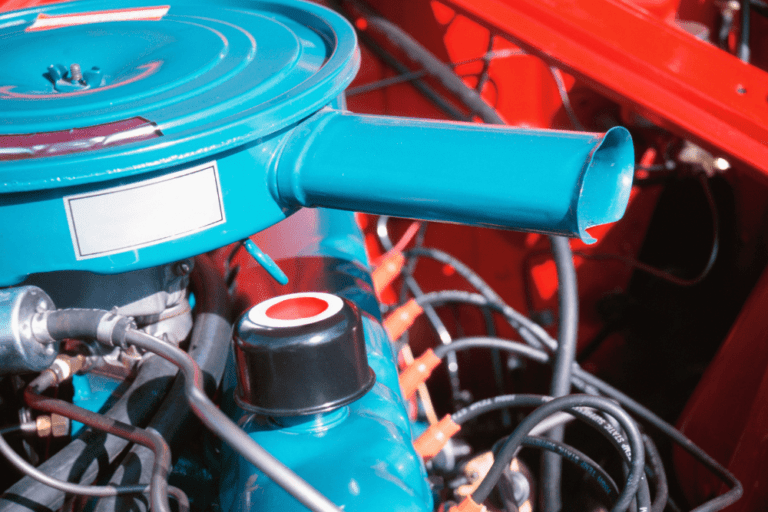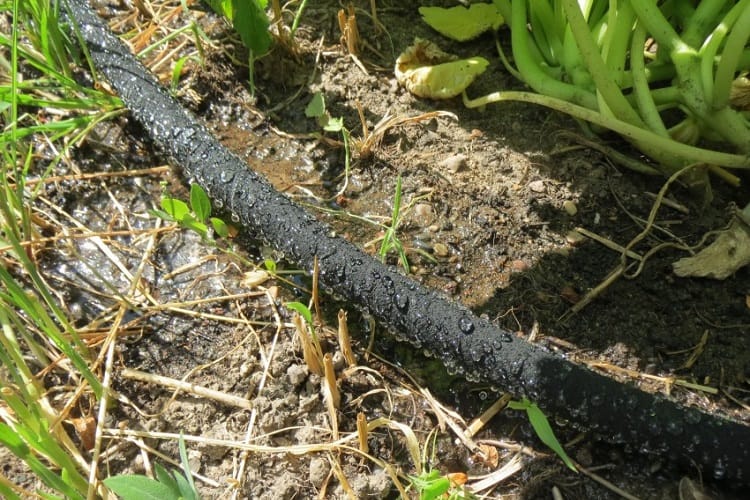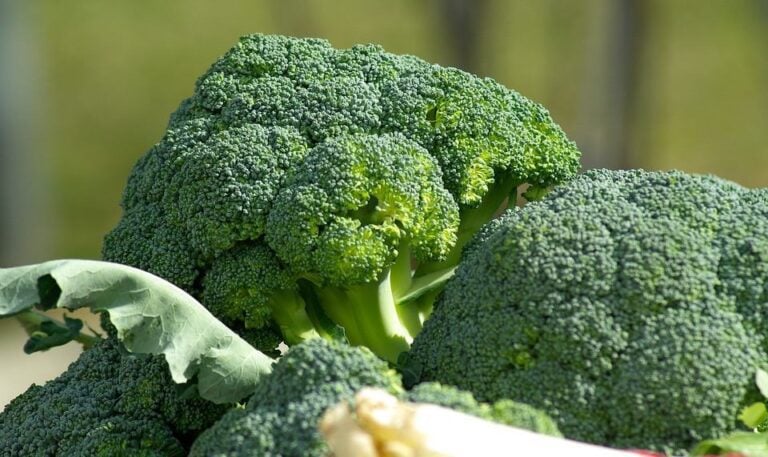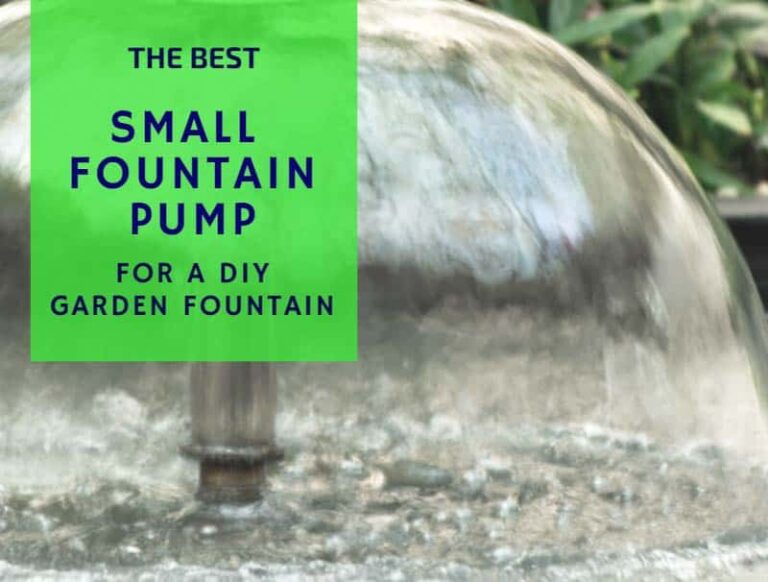The 6 Keys to Properly Harvest Garlic
Because of its delicious taste and prominence as a healthy food, Garlic is very well-liked by gardeners. But, cultivating this relative of the onion takes a lot of patience and space. Learning how to properly harvest garlic can take time.
It is an odd plant in a vegetable garden since you have to wait around eight months after planting it before you get to experience the fruits of your hard work. But if you’ve cultivated it well and reaped and put it away correctly, you can have garden-fresh Garlic all through winter. Garlic is one of the most delicate vegetables for long-term storage.
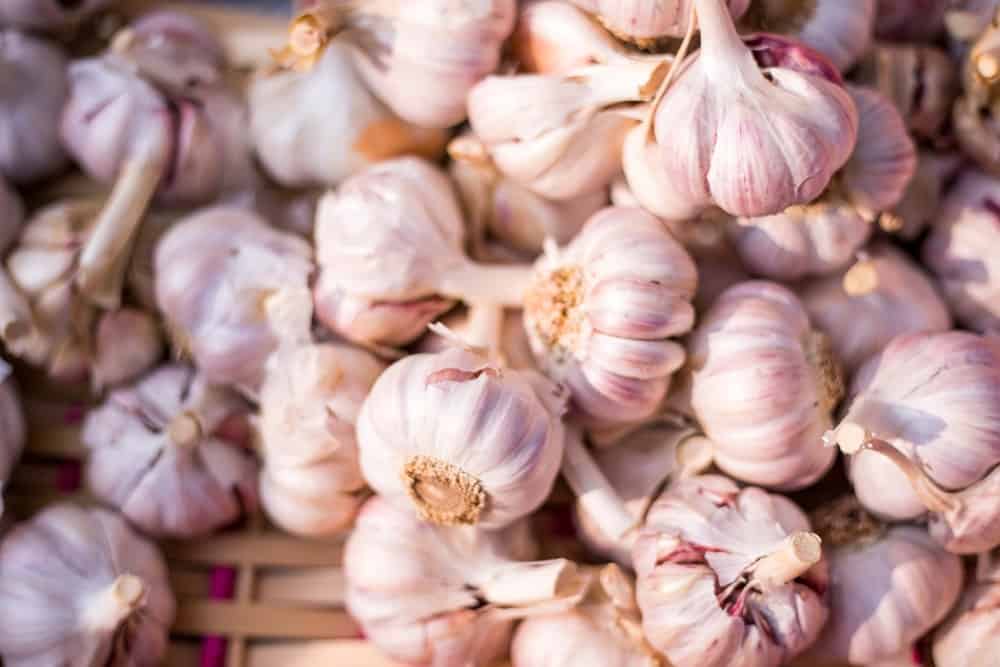
Garlic:
Allium sativum, more commonly known as Garlic, is an herb that’s a relative of chives, onion, and leeks in the vegetable family. It is usually used for conditions and disorders related to the blood system and the heart. Garlic generates a biochemical called allicin, which makes garlic work for definite needs. Allicin also makes garlic stink. Phew!
Unlike many other vegetables sowed in spring and reaped during the fall, Garlic is the opposite, as it is usually planted in the fall-time and gathered from late spring to summer. It is a crop that takes a long time to mature. It mostly takes eight to nine months from garlic cloves to the final harvest.
Garlic is also one of those vegetables where during harvest, timing is everything. The harvest period can extend from May to August, but it all depends on the date of the plantation, the weather situation, and the type of Garlic you want to grow.
Garlic grows below the soil, so it’s hard to tell when it has ripened. So what’s the trick of telling when to pick Garlic? The concise answer is: It’s all in the leaves! Don’t pull them too late, and don’t pull them too early.
This article will guide you to be a pro at controlling your garlic harvest!
How to know when Garlic is prepared to be harvested.
Garlic ripens when its leaves are still partly green, contrasting with its allium cousin, the onion. Garlic bulbs stay below the soil during development, so it’s challenging to know when they’re all set for harvest.
Knowing When to Harvest Garlic:
Onion leaves begin to lose color and wither when they stop growing. The top of the vegetable dries up and droops, indicating that it’s time to harvest the onions. Most onion bulbs push themselves out of the ground, and it’s relatively easy to see that they’ve fully matured.
So what’s the secret to knowing when to harvest Garlic?
It’s all in the leaves! Look at how many of the leaves are left on the garlic plant.
Each leaf above the soil signifies a layer of protective coating wrapped around the bulb. For example, a plant with ten green leaves will have ten covers of bulb bindings.
Although there’s no average number of leaves that a garlic plant should have, a consistent harvest guide is when half of the garlic leaves have dried up, and half of them are still green. The leaves begin to die off from the bottom of the plant towards the top.
Don’t wait until all the plant leaves have died before you start to pick the Garlic. Without the bulb covers protecting the head, the garlic cloves might separate, and the Garlic will not store well or for long.
Another trick for correctly timing the Garlic harvest is that if you grow hard-neck garlic plant, your crop will develop scapes around four to six weeks before the garlic bulb is mature. Once you harvest the garlic scapes, wait a month before starting to check the size of the bulbs.
When to stop watering your Garlic:
Water your Garlic as you usually do in spring, even when the leaves start to wither.
When approximately 50 to 75 percent of your harvest has reached the telling stage of maturity, i.e., half of the leaves are brown, and the other half is green, then stop watering your garlic plants for about one week.
Each leaf above the soil signifies a layer of protective cover wrapped around the garlic bulb. This lets the soil dry out a little to prevent plant and root rot and makes reaping easier if the soil is crumbly and loose instead of compressed and wet.
How to properly harvest Garlic:
First, do a pre-check.
Dig gently around the garlic bulb. Calmly dig into the ground around a random garlic bulb, caution not to damage any cloves or wrappers, and check its mass without digging the whole plant up.
Check the garlic bulb for sound development. If the bulb looks tiny, pat the soil back down to the ground and wait a couple more days to check again. If the bulb looks sizeable, the bulb covers tight, and the cloves are well-formed and plump, it’s set to be harvested.
Loosen the soil around the garlic bulbs carefully with a trowel and lightly pull the garlic plant out from the bottom of its stalk at its neck. Dust off any extra dirt that falls off.
Should you wash Garlic after harvesting?
Do not remove the bulb wrappers or wash your Garlic after harvesting.
Washed Garlic is inclined to gather extra moistness in the bulb, which can lead to fungal incursions. It’s also additional time and effort that just isn’t necessary!
From a cleanliness viewpoint, most of the soil and dirt sticks to the outer layer of the bulb wrapper, which is also the coat that usually shreds and peels away during the harvest. Once this coat falls off, it reveals a clean coating of the bulb wrapper.
Using and Store Garlic:
If you plan to use your Garlic immediately after harvest, use scissors to cut the roots and leaves so you can keep them neatly in your kitchen.
Be mindful of storing the garlic cloves at room temperature in a dry, dark place with sufficient airflow. You can keep your Garlic in a wire basket or an open paper bag in a cupboard or pantry.
Don’t, under any circumstance, store the Garlic in your fridge. Moisture and light are their horrible enemies, and garlic cloves stored in the refrigerator for a long time will start to sprout or get moldy.
It’s better to use the Garlic within 7 to 10 days or within three weeks once you break open a garlic head. Any garlic cloves that may have been damaged during the picking, but are still edible, should be used first and foremost, as they’ll decrease in quality sooner than others.
When do different garlic varieties mature?
Normally, Turban and Asiatic ranges of Garlic develop first in the season, in some areas as early as May, while Silverskins mature around July or August at the end.
There can be six to eight weeks between the earliest garlic plants are ready and when the last maturing garlic plants are pulled from the soil. Smaller garlic plants often develop earlier than larger ones.
Freshly harvested Garlic:
The spring harvests are standard in the warmer regions, mainly for cultivars well suited to that climate.
In the northern climates, garlic harvest from fall sowings usually occurs around late July to August.
In the southern climates, the harvest depends on the definite planting date.
The soil conditions and current weather also decide the garlic harvest period, so even if you have grown the same garlic cultivar this season, it might not mature at the same pace as last season.
As there are no fixed and precise dates to go by, the safest way of identifying when to harvest Garlic is to begin focusing on the leaves during springtime.
Problems With Your Garlic Harvest:
Here are the answers to some problems commonly faced during garlic harvesting.
What will happen if you pull your Garlic too early?
The garlic bulb will be tiny and might not have fully separated into cloves. The bulb covers will be thin and crumble more quickly, leaving your Garlic vulnerable to rot or other damage.
What will happen if you pull your Garlic too late?
If left in the soil for too long, over-ripened garlic bulbs will divide and form sprouts from each clove. If they’re still edible, they will not survive in storage and need to be used and eaten immediately.
Can you use Garlic right out of the soil?
If your Garlic is ripe, you can use freshly dug cloves right away, cooked or raw. You can also eat Garlic before it has been cured.
A great way to divide your harvest is to set a few bulbs aside in storage that you can eat in three weeks and cure the rest of the Garlic so that they can be easily stored for several months.
Types of Garlic:
If you’re deciding to plant Garlic, you have a choice between two main types: hardneck and softneck. Each has its advantages, and some have other kitchen uses. For instance, only the hardneck Garlic produces an edible flower stem known as a garlic scape, a delicacy that can be cured or added to foods for a mild spicy flavor.
- Hardneck Garlic
As their name implies, hardneck garlic varieties usually are more demanding than their softneck counterparts. They are the best options for Northern gardeners. These varieties form fewer cloves per bulb than softneck ranges, but they are mostly a bit larger.
Hardneck garlic plants grow better in colder climates, requiring prolonged exposure to chilly weather for about 40 days at 40 degrees Fahrenheit or even less. This process is known as vernalization.
- Softneck Garlic
Softneck garlic varieties are best grown in a milder climate. They develop better in environments with somewhat warmer winters as they do not need cold exposure to make bulbs. They also ripen more quickly than the hardneck garlic varieties. They don’t generate scapes and commonly contain several small cloves per bulb.
More about Hard and Softneck Garlic:
The “neck” in their respective names refers to the stem that grows skyward from the garlic bulb. Hardneck varieties usually have a branch that stalks from the middle of the bulb and turns hard and stiff at maturity. Softneck varieties have leaves rather than a significant stalk. The leaves remain flexible and soft at maturity.
Hardnecks naturally have thicker, more complicated skin, contrasting to the softneck Garlic that tends to be flimsy and more taxing to peel.
If you want to grow the Garlic you get from the grocery store, you will want to plant softneck garlic plants. They are generally sold in stores because they have a long shelf life and a moderately mild flavor for most recipes.
Hardnecks, on the other hand, have more intricate flavors than the softneck varieties, with delicate flavors that signal where they were harvested. The character and strength of the flavors vary based on the array you gather. Rocamboles are hot and spicy; Porcelains are musky; Purple Stripes are mild.
Hardneck garlic can withstand overwintering in harsh climates even down to zone 0. If you plan on planting your Garlic where you live and if you reside in an area where cool-season lawns are the custom, a hardneck garlic variety will be a better choice.
The Softneck garlic varieties typically grow best in climates with mild winters and hot summers from zones 8 to 12. If you’re in a midway zone between both environments, you can try planting both kinds.
Storing Your Garlic Harvest:
All garlic varieties don’t mature at the same time. The Artichoke garlic typically matures first, followed closely by rocambole garlic, then the other types grow, including Silverskins, purple stripes, and porcelains.
Softneck variations of Garlic can be hoarded for about 6 to 8 months. You should regularly check to ensure the garlic cloves are not sprouting or going soft. Hardneck garlic varieties might go soft, dry out, or sprout within three or four months.
But properly storing hardneck varieties at freezing temperatures sometimes helps them survive up to even seven months without depreciating.
You can also save garlic seed cloves. Put aside a few of your most oversized, robust bulbs to sow next season. Store the large bulbs at room temperature with high humidity, so they don’t dry out. Don’t save smaller bulbs, as planting them will result in smaller bulbs for your harvest.

